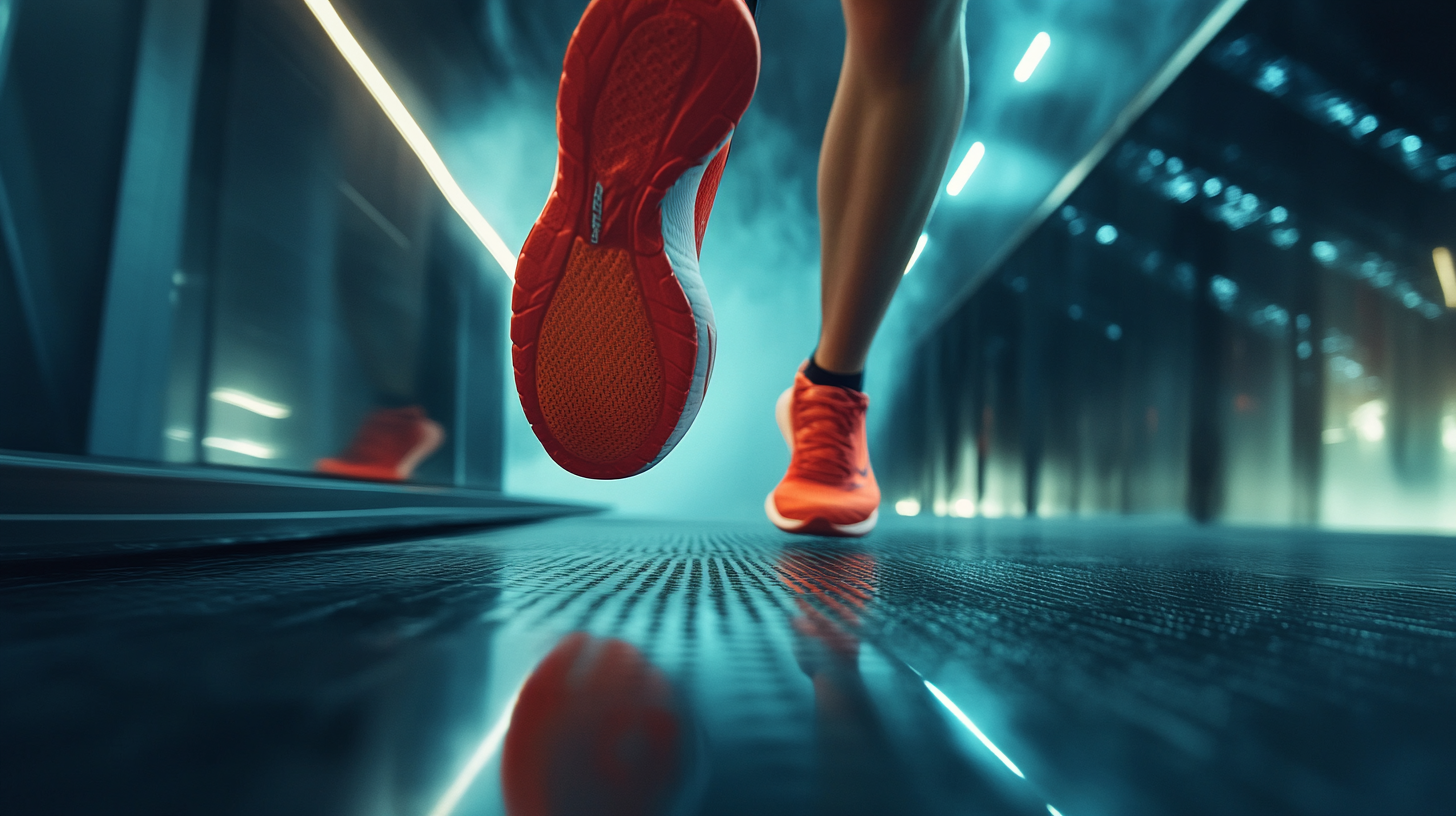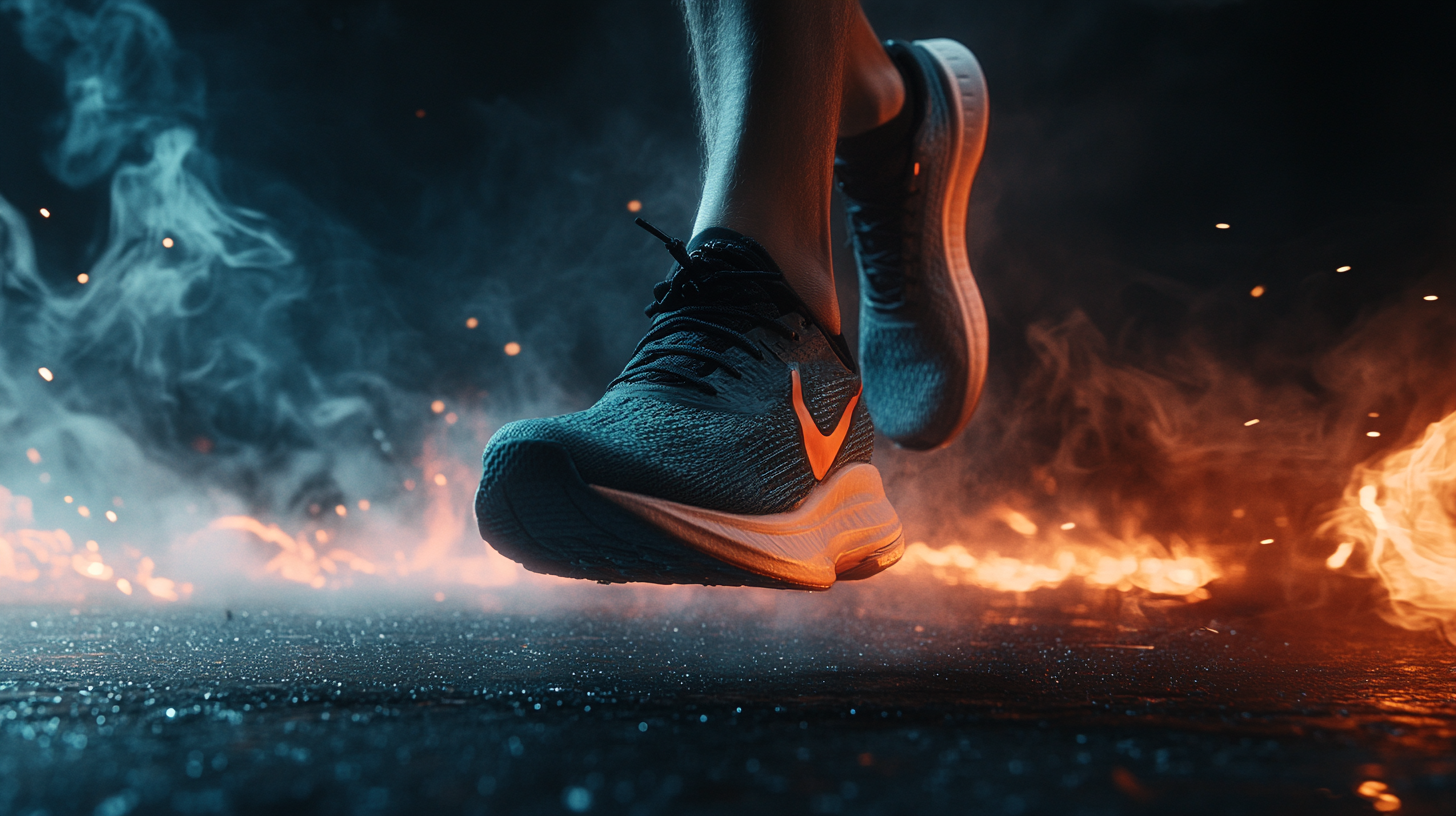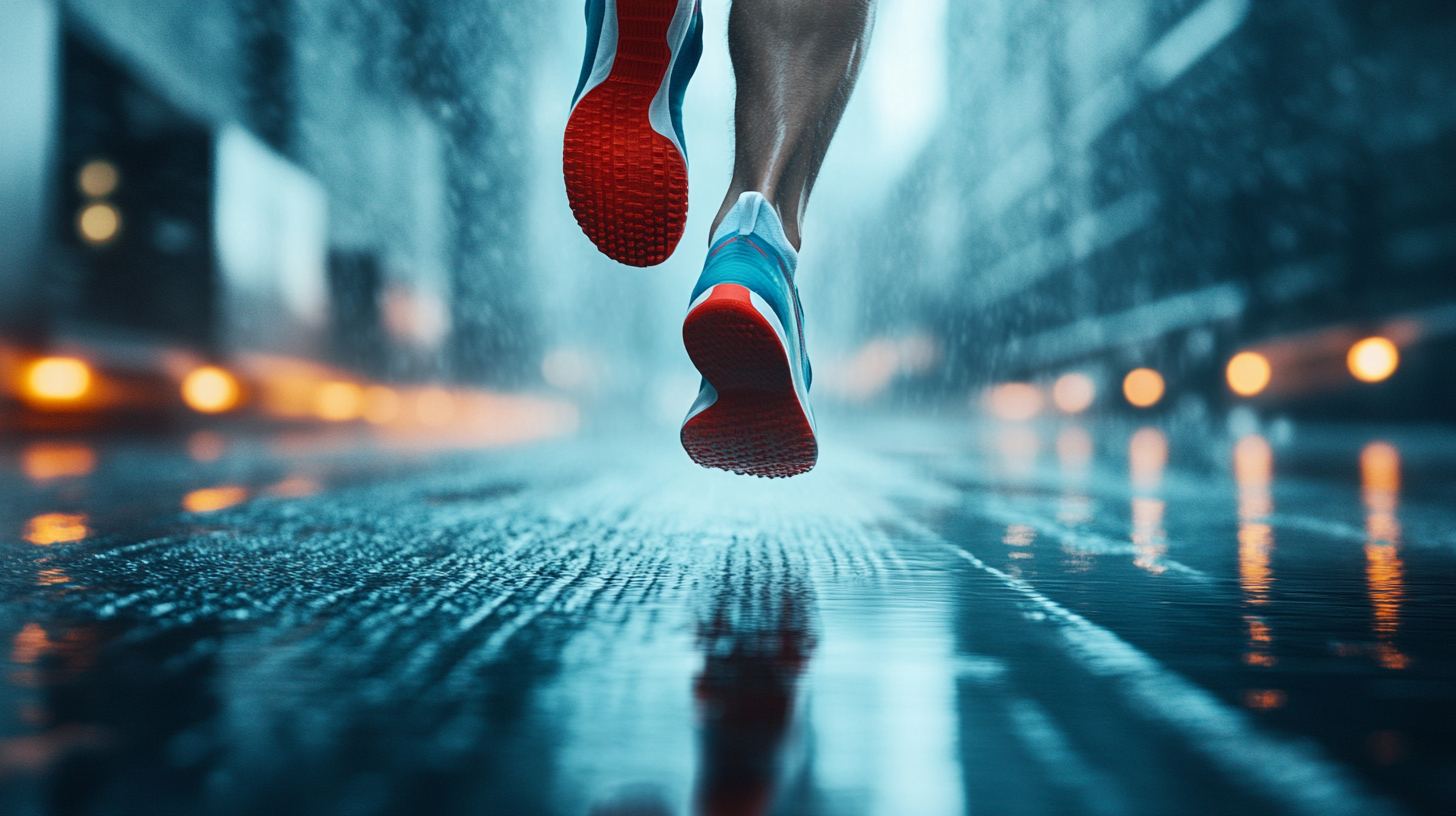
The athletic footwear market has shifted dramatically in the last few years, and "Sneakers Running" has proved to be one of the most important lines designed for all-around use, from performance to comfort. Global reports state that the running shoes market value was about $8.4 billion in 2020 and will reach almost $14.5 billion by 2026. This increase is attributed to the rapidly growing popularity of running as a fitness activity and the emergence of lifestyle athletics, wherein shoes would be used for everyday wear while performing under high levels of training.
More or less, these athletes-from elite marathon runners to a jogger-will find out the importance that these types of footwear have when it comes to their environment, thus prompting brands to innovate even more with technologies in the field to improve the aspects of running. Cool cushioning, lightweight materials, and breathability are the most important focuses of consumers. As evidenced in a study by the American Council on Exercise, almost 60% of runners claim that a superior shoe helps them improve their performance, thus showing how critical "Sneakers Running" are to the successes of them as athletes. This blog will examine the multifaceted features and applications of running sneakers and their potential importance to every kind of athlete.

Choosing the right shoe is super important in running for athletes as every runner has unique biomechanics, training styles, and goals. The shoe is designed in a specific way to cater for the diverse needs. For instance, people who overpronate (where the foot rolls inward excessively), need stability shoes as an additional support system that provides corrections for the alignment of their own body and thereby minimizes risks of injury. On the other hand, neutral runners may find cushioned running shoes to serve very well for them; these guaranteed light and cushioned shoes work to provide ease and support over distance and help the participants adjust to smooth-cushioned and tenderly responsive service. Furthermore, trail runners will most certainly require shoes that have an enhanced grip, support, and stability on very rough ground, turning an arduous navigational challenge into a more manageable and enjoyable occasion. Indeed, by grasping these forms and shapes of innovation in foot concern, the athlete will be enabled to enhance his or her performances, thereby making running for comfort, with less strain and fitted with the most selected pairs designated for running. Bluntly speaking, athletes must bear in mind their foot shape and running traits as they try on the shoes which are targeted for running. There is a growing awareness as there has been an array of footwear developed specifically for various types of feet. For example, a wider foot has buyers stockpiling any brand that brings out specific models that are comfortable to them for the wider fit. If an athlete, enthralled by these or similar distractions, picks the right shoe, they just might end up enhancing efficiency while reducing fatigue to indeed achieve the best results during their running stints.

If one begins to discuss foam or cushioning underfoot, support is the most significant parameter relating to running shoes. It is, in fact, a significant factor for all kinds of runners, whether they run a few hundred meters in intervals each week or go a little further, perhaps a whole marathon. Although impact and injury prevention in terms of running performance are rather subjective, it is held that high-tech modern running shoes are designed with very innovative and marvelous cushioning technologies that possibly reduce or compress impact from the environment and cut down the weight on joints while running without losing comfort. All this would adapt to feet and their adjustment in posture to continue with the stress of impact repeats while runnings.
Support is the very next thing after cushioning when it comes to the overall design of the shoe. A well-structured shoe gives stability to the foot when it comes to injury caused by either overpronation or supination. That is why several brands integrate features like arch support, heel counters, and fit systems to accommodate the variety of foot types and styles used in running. The custom support ensures that athletes keep alignment and balance during the activity that are important to optimize performance.
Combination of enough cushioning and support is also meant to increase the confidence of athletes when they are in the field. They would then be able to strain themselves a little more usually and push beyond the limits without any thought of pain or injury, knowing that the shoes give all necessary protection. Technology in running shoes advances every year, further increasing the opportunity of athletes to improve their performance and THE importance of making an informed selection of footwear.

Footwear can influence running performance to a significant extent. Running sneakers are manufactured to optimize athletic performance through the interference of several technologies that are compatible with the running mechanics of the individual. One of the most important features is cushioning, which can absorb shock and reduce stress on the joints, quite important for athletes and allowing them to carry a constant pace over long distances. These cushions are often made of special foams that give a good response feel underfoot while providing appropriate support for various running styles.
The second most important factor in running shoes is the design and fit. The upper material is breathable, offering support during movement to lock the foot in position and prevent slippage that can lead to blisters or ineffective power transfer. Weight is another critical factor; a lighter shoe aids in faster speed and vice versa, while other models are more cleverly designed for stability over distance. Moreover, tread pattern design is classified in an effort to grip different training surfaces imparting control and performance.
With the advances in performance tracking technology, many running shoes optimize comfort with features like embedded sensors to monitor stride length, cadence, and ground contact time. This allows athletes to fine-tune their running style and, thus, determine how to adjust their training. Actually, if runners are aware of the relationship of their shoes with performance, the impact of choosing the right running sneakers can directly bear on the athlete's efficiency and enhance the running experience; hence, it is one of the keys to success in sports.

Generally speaking, in choosing running sneakers, athlete preference depends on the brand's unique technologies and features. A recent Grand View Research report states that the global sports footwear market is expected to reach $114.8 billion by 2025, with running shoes accounting for a major share in it. The rise in market growth underscores the need to appreciate technologies that set apart the top brands.
Nike React has been around for some time, taking its cue from lightweight and responsive cushioning technologies to improve energy return for the runner. According to the Journal of Sports Sciences, using React led to a perceived decrease in fatigue over long runs. Adidas Boost foam, on the other hand, offers maximum comfort and support with thousands of energy capsules. According to a Runner's World survey, 78 percent of runners favored Boost due to its cushioning underfoot during long runs, effectively preventing fatigue.
ASICS is meanwhile known for Gel technology, which is considered one of the best shock-absorbent and most stable materials. Recent biomechanical research demonstrates that shoes with Gel technology can reduce impact forces by as much as 30%, creating a significant avenue for helping runners prone to injuries. On the competitive advantage side, Hoka One One proposed a super-cushioned design that spared nothing on performance and thus was appealing to the casual jogger and elite athlete alike. The wide variety of innovative technologies used by the leading brands in running shoes meets up the requirements of all athletes to guarantee that there is a shoe for everyone.
There is nothing more important for an athlete than making the correct choice when it comes to running shoes, given its implications on performance and comfort. With tons of options available today, it is pertinent to consider factors such as foot type, running style, and terrain type. First, knowing foot type-any one neutral, flat, high arch-and accommodating the fit of the sneaker in relation to the feedback on support is chosen. Specialized footwear can minimize injuries and enhance running experiences, which is why one should be honest about their own specific needs.
Second, analyze running style and the terrain it usually roams on. Trail runners need shoes with plenty of aggressive treads for grip on irregular ground. Road runners should pick up very light sneakers that have cushioning-comforty but allow you to really get that spark. Then the cushioning technology must come under consideration. Some athletes want maximum cushioning for long-distance running, others use minimal cushioning to feel the ground. So give the shoes a good try to see what works best for your unique running style.
Lastly, it should go without saying: fit is paramount. Sneakers that fit well will greatly minimize the risk of blisters and pain during long periods on the run. The shoes should allow enough room in the toes while feeling snug in the heel, but not too tight. Don't hesitate to visit a specialty running store where professionals will help you with the fitting process. If those little things are considered, perfect running shoes for the athlete can be found to cater to their own need, making running a lot more fun and efficient.
